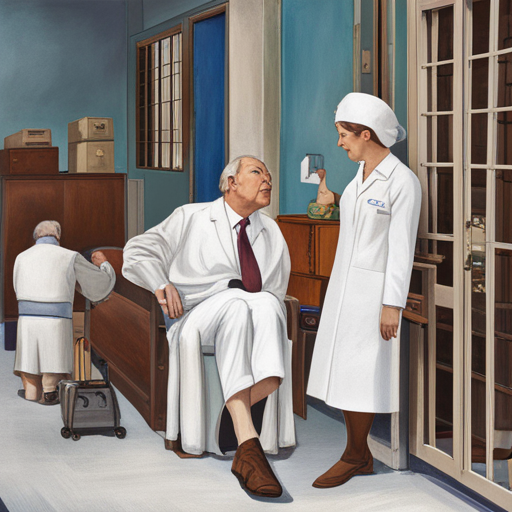Laser skin treatment is one way to reduce facial lines, wrinkles, brown spots, and other imperfections. It can improve skin tone and texture, as well as help your complexion look healthier. However, like any medical procedure, it does come with risks. Make sure you find a qualified cosmetic surgeon who has experience treating your specific skin tone and condition.
In addition, avoid any unprotected sun exposure for several months prior to the procedure. This will prevent hyperpigmentation or other issues that may occur as a result of the laser treatment.선릉역피부과
Your doctor will numb the treatment area with medication. If you are having extensive resurfacing done, you will probably be sedated.
Non-ablative laser resurfacing is the most common type of skin laser treatment, and it is good for reducing fine lines and wrinkles. It also treats freckles, acne scars, and other minor discolorations. However, it does not correct sagging or other structural problems. This type of resurfacing laser uses heat to stimulate collagen growth, improving your skin’s elasticity and tightness.
Ablative laser resurfacing is more aggressive than non-ablative laser treatments, as it vaporizes the top layer of the skin. However, it is still the best option for deep scars and other serious wrinkles, as well as severe dyspigmentation or atypical skin textures.
It is important to choose the right cosmetic surgeon to perform your laser skin resurfacing. Ideally, you should seek out a surgeon who is certified by the American Board of Cosmetic Surgery. These doctors have completed a fellowship that includes training in non-surgical aesthetic treatments, such as laser skin resurfacing.

There are many different types of lasers that can be used for skin resurfacing, and the type your doctor chooses will depend on your individual needs and the severity of the condition being treated. The most popular types of lasers include the CO2 laser, which can be used to treat superficial and moderate deep wrinkles, as well as scars and actinic keratosis; the Erbium-doped yttrium aluminum garnet (Er:YAG) laser, which is suitable for deeper resurfacing and treating melasma; and the ND:YAG laser, which can be effective for removing pigmented lesions and redness from the skin.
Some patients develop oozing, crusting, and blistering as a result of laser skin resurfacing. These side effects usually disappear within a week or two, but they should not be scratched, as this can lead to scarring. Your doctor will advise you on how to care for your skin after this treatment, and will prescribe a cream or ointment that is appropriate for your skin type.삼성역피부과
You should use a broad-spectrum sunscreen to protect your skin as it heals after the treatment. This should be a minimum of SPF 30, and should include both UVB and UVA rays. You should apply the sunscreen at least four times a day, or as directed by your doctor. You should also apply a moisturizer to keep your skin hydrated. The skin will be particularly sensitive to sunlight after the treatment, so it is important to protect it.
